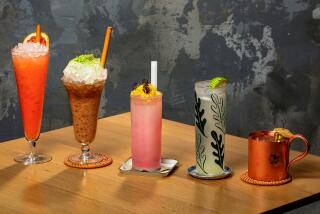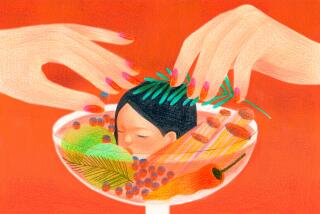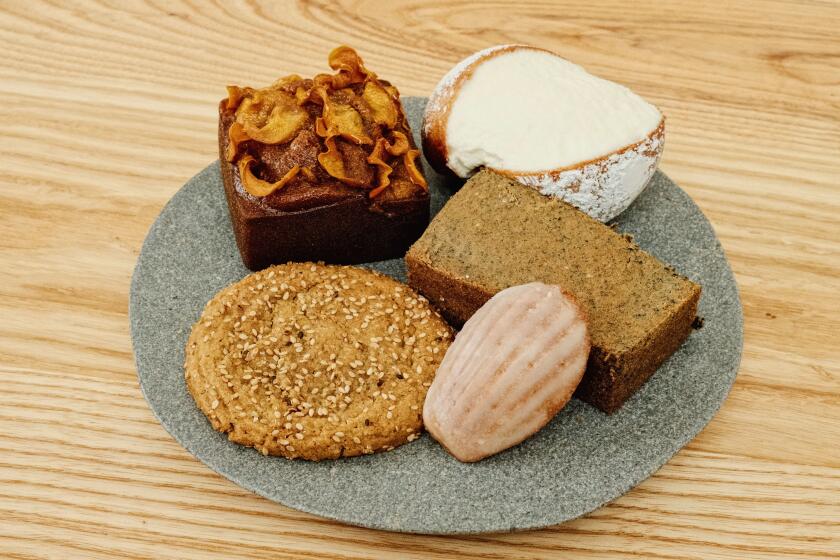Perfection, With a Twist of Lime
It’s almost embarrassing. But to my mind, the greatest of all cocktails is not the martini, not the gimlet, not the scotch and soda. It’s not a drink that we associate with Hemingway, movie stars or the wits of the Algonquin Round Table. Rather, it’s what our parents drank. It’s the gin and tonic.
Before objecting that Campari and soda is infinitely more sophisticated, which it is, treat yourself one hot summer evening to a gin and tonic. No other drink has such happy chemistry. Once mixed, it is so much more than the sum of its parts: better than gin, better than tonic, better than ice. It gives meaning to lime. Then consider what it does. A gin and tonic cools you down, picks you up, soothes your nerves and tantalizes your senses.
The recipe could scarcely be simpler: 2 ounces gin, 5 ounces tonic, a tall glass of ice and a wedge of lime. But the recipe for this best of all drinks was not concocted overnight. First, about 450 years or so ago, the Dutch had to invent gin by distilling a mix of barley, rye and corn, then infusing it with essential oils of juniper berries, anise and various spices.
By the 18th century, across the channel, the British had busily anglicized the liquor, mainly in their washtubs. England became the nation of inebriates recorded in artist William Hogarth’s engraving “Gin Lane.” Successive Gin Acts and reforms left the gin industry in the hands of professional distillers, which throughout the 19th century set the modern and universal standard for dry bar gins.
We have an 18th century English inventor, Joseph Priestley, to thank for developing a mechanical process to carbonate water, and a German, Jean Jacob Schweppe, for refining the process to an industrial standard. Somewhere along the line, the British in India dropped quinine, an antimalarial powder distilled from tree bark, into Priestley’s bubbly. Sugar followed to temper the bitterness of the quinine. Tonic had been born.
Gin was swirled in to improve the cure. Lime too. As the drink caught on after the 1930s, America, home of the dream fridge and scorching summer, can be thanked for making ice de rigueur.
Gin and tonic became the epitome of the good life, served at golf courses, on yachts, by pools--until the food boom of the 1980s, when sophisticates turned to wines. Though martinis managed a comeback in the 1990s, gin and tonic remained outcast, yesterday’s drink.
Perhaps the worst strike against it was its affordability. Using good gin in a gin and tonic is a waste. The expensive clay jugs of Dutch genever are all very folklorique, and the gin inside is wonderful, but it is best served in the Dutch way: frozen, neat, in frosted shot glasses, as accompaniment to two filets of salted herring.
As for the best English gins, the Tanqueray and Bombay brands, save these for martinis. Gin and tonics demand only the stock bar gins, Gilbey, Gordon’s or Beefeater. The magic is in the mix.
For this, two ingredients require care. A gin and tonic should have absolutely fresh tonic and fresh lime. If tonic isn’t bursting to get out of the bottle, it’s flat. Throw it away. Once poured, tonic should effervesce so furiously that it tickles your lips.
If you can’t get fresh lime, don’t get any. Bottled lime juice tastes dead. The lime essence in gin and tonic comes from a class of compounds called terpenes. These are the great seducers of good plant smells. They tease us with the scent of pines at Christmas and cut grass in summer.
They are released when certain plants are cut or bruised; then they quickly fade away. In the case of the gin and tonic, they are released when a knife pierces a lime’s skin and a bartender gives the newly cut wedge a triumphant squeeze. Riotous bubbles in the tonic then flaunt these captivating, all-too-ephemeral scents beneath our noses.
Ah, a third detail: The ice should be fresh. If the last cubes in the house must be chiseled out from beneath a 10-month-old turkey, opt for a beer instead. Better yet, grab cab fare and go to a bar.
As for venue, there was a phase in the restaurant boom in the 1980s when it was fashionable for star chefs to complain about customers who came to their restaurants only to drink gin and tonics and eat steaks. Reader, if a waiter sneers at you for ordering a gin and tonic as an aperitif, it’s a snob joint. The problem is with the restaurant, not you, not the drink. A gin and tonic goes down just as nicely in a gastronomic temple as by a hotel poolside, or in a suburban backyard.
That’s what makes it the tallest of tall drinks.
More to Read
Eat your way across L.A.
Get our weekly Tasting Notes newsletter for reviews, news and more.
You may occasionally receive promotional content from the Los Angeles Times.









